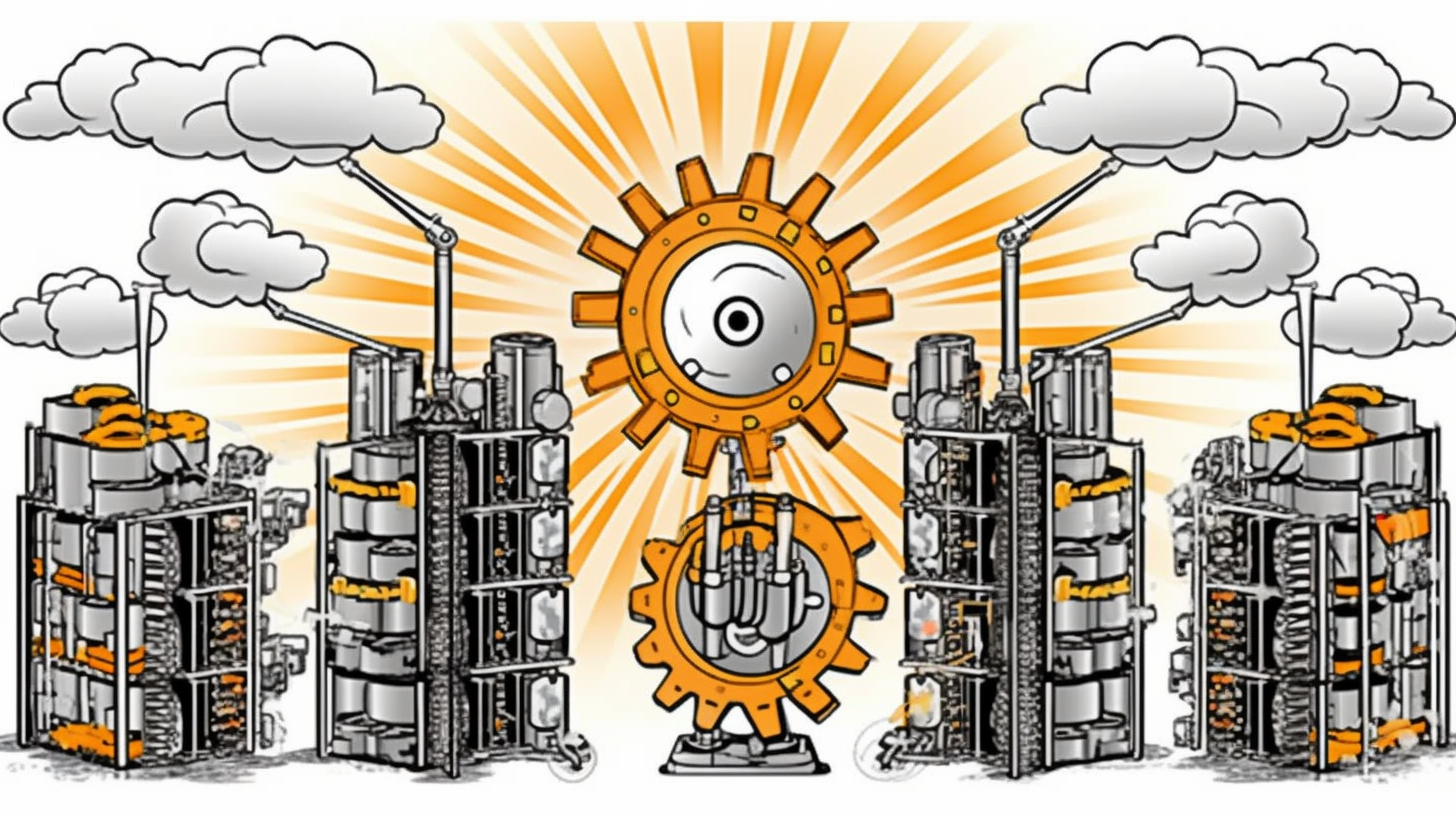Cracking the Code to High Availability and Fault Tolerance: AWS Certified Solutions Architect (SAA-C03) Guide

Well, butter my biscuit and call me a cloud guru! Today we're going to embark on a riveting journey through the magnificent world of AWS Certified Solutions Architect - SAA-C03, specifically zooming in on, "Designing highly available and/or fault-tolerant architectures." Yes, indeed! I promise this isn't going to be as dense as a fruitcake. You should aim to find enjoyment in the learning process and in creating things in the cloud. So, get ready, we're off!
Nuts and Bolts of High Availability and Fault Tolerance
Now, you might be wondering - what in tarnation is high availability and fault tolerance? Well, don't fret, partner, because we're about to hit the nail on the head. These two beefy terms are critical to keep your AWS deployments running like a well-oiled machine, no matter the storm that hits 'em.
High availability, in our cloud lingo, means your app remains operational, come hell or high water - be it due to an unexpected influx of users or a higgledy-piggledy network failure. Then there's fault tolerance - your app's ability to continue functioning as smooth as a gravy sandwich, even when some of its cogs (read: component) are out of commission. So, it's about keeping the good times rolling, with no downtime or data loss.
Designing High Availability AWS Architectures
Designing a high availability architecture in AWS is easier than falling off a log, provided you follow some key principles. The first rule of thumb is to use multiple Availability Zones (AZs). You've hit the jackpot with AWS, as it provides you with geographical redundancy. Spread your assets across AZs like butter on a hot biscuit, and you've got yourself an app that won't keel over with the slightest hiccup.
By the same token, use auto-scaling groups to ensure your application can handle all the traffic thrown at it. Like a good host at a hoedown, make sure there's room for everyone!
Creating a Fault-Tolerant AWS Architecture
Now, onto the meat and potatoes - designing fault-tolerant architectures. They say an ounce of prevention is worth a pound of cure. This couldn't ring truer when creating fault-tolerant AWS architectures. The secret sauce here is Amazon S3, a storage service that’s as reliable as an old hound dog. It’s designed for 99.999999999% durability, which is a fancy way of saying that you'd lose one file every 10,000 years! Woah, talk about reliability!
Sprinkle in some Amazon RDS Multi-AZ deployments for seamless database recovery, and you're cooking with gas! Don't forget, like a good line dancer, to keep a step ahead with AWS CloudWatch and AWS Trusted Advisor, to spot and fix issues before they become full-blown problems. Trust my words, taking a little precaution now will save you from a ton of trouble later.
Conclusion: The Fruits of Your Labour
So, folks, that's how we do it! This guide plainly and simply instructs you on designing highly available and fault-tolerant architectures for your AWS Certified Solutions Architect exam. It may not reach the complexity of rocket science, but let me tell you, it's not a walk in the park either. Never forget to maintain a positive attitude, embrace an open mind, and continue hustling on those keys! With the right knowledge in hand, you can design, deploy, and manage the AWS cloud architecture professionally. And remember, the cloud’s the limit!
The next time someone tells you that designing highly available and fault-tolerant architectures is as complicated as a three-dollar bill, you can bet your boots you'll know better. And who knows? They might just tip their hat to you, the new cloud guru in town!